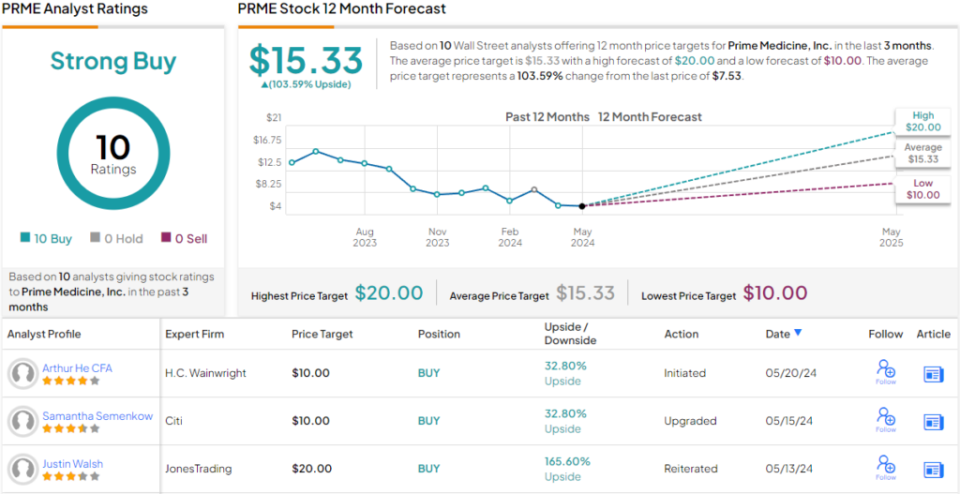Eli Lilly (NYSE: LLY) shares have soared more than 87% over the past year, making this player look more like a growth stock than a slower-paced but steady pharmaceutical stock. Lilly sells a broad range of medicines, but what lately has struck the fancy of investors — and doctors and patients — is the company’s weight loss portfolio.
Doctors prescribe Lilly’s Mounjaro and Zepbound to help patients manage their weight, and the results have been fantastic. This has helped Lilly’s revenue soar — and the share price followed. Though Lilly shares the market with rival big pharma Novo Nordisk, both companies are excelling, with demand for their products outstripping supply.
But could one particular trend represent a threat to Lilly’s dominance?
Mounjaro and Zepbound
First, a bit of background on Lilly’s products and market position. Mounjaro and Zepbound are the same drug — tirzepatide — but marketed under two different names. Mounjaro, which won approval back in 2022, is officially approved for type 2 diabetes, but doctors also prescribe it off-label for weight loss. Regulators gave the nod to Zepbound late last year, specifically for weight loss.
These drugs work by acting on hormones — glucagon-like peptide-1 (GLP-1) and glucose-dependent insulinotropic polypeptide (GIP) — involved in regulating blood sugar levels and appetite. Tirzepatide has delivered impressive results in clinical trials and in the real world. In the most recent late-stage trial report, participants showed total mean weight loss of 26% over 88 weeks.
Last year, Mounjaro brought in blockbuster revenue, generating more than $5.1 billion for the full year. And Zepbound is on its way to becoming a blockbuster drug, too, delivering more than $500 million in revenue in the first quarter of this year, its first full quarter of commercialization.
However, there’s a trend that’s picking up momentum — and that’s biotech companies announcing positive data from trials of potential rival drugs. Recently, Amgen, Viking Therapeutics, and Structure Therapeutics each said their candidates — which work in similar ways to tirzepatide — produced solid results.
Amgen’s MariTide is in phase 2 right now, and the company says it’s working to move rapidly into a phase 3 study. Viking’s oral candidate is in a phase 1 trial, and its injectable candidate is in a phase 2 study. Structure’s candidate is in a phase 2a study and may advance to the 2b trial in the fourth quarter of this year.
Clinical trials and regulatory review
These players represent potential future competition for Lilly’s product — so should Lilly investors worry? Not necessarily.
First, it’s important to remember that all of these investigational drugs still have hurdles ahead. They must make it through clinical trials and then regulatory review before they can enter the marketplace. The whole process takes a few years, and at any point, a setback could extend the timeline or even terminate development of a candidate. So it’s not a given that all of these candidates will one day reach commercialization.
Let’s imagine that these candidates continue to perform well in trials and eventually win regulatory approval. Even in this case, Lilly still could maintain its dominance because it’s developing new weight loss candidates that look promising and could improve on current drugs.
The company’s orforglipron produced encouraging results in a phase 2 study last year and now is involved in a phase 3 study. Orforglipron is an oral candidate, and this pill form may appeal to patients more than the injectable format of Lilly’s current weight loss drugs.
Lilly’s retatrutide has progressed to phase 3, and this candidate may beat current drugs in performance, thanks to its mechanism of acting on three hormones linked to digestion instead of just one or two.
Room for more than one winner
Finally, the demand we’ve seen in the weight loss drug market suggests there’s room for several companies to win. Giants Lilly and Novo Nordisk recently have ramped up manufacturing to try to meet this demand. Since 2020, Lilly has invested about $18 billion in manufacturing to upgrade older facilities and develop new ones.
On top of this, the weight loss drug market represents a huge growth opportunity. This market may increase 16 times from today’s level to reach more than $100 billion by 2030, according to Goldman Sachs Research.
All of this means that, if you’re a Lilly investor, the next time you hear about a biotech company reporting positive trial data from a weight loss candidate, don’t worry. That company may be successful down the road — but it probably won’t unseat Lilly from its top position.
Should you invest $1,000 in Eli Lilly right now?
Before you buy stock in Eli Lilly, consider this:
The Motley Fool Stock Advisor analyst team just identified what they believe are the 10 best stocks for investors to buy now… and Eli Lilly wasn’t one of them. The 10 stocks that made the cut could produce monster returns in the coming years.
Consider when Nvidia made this list on April 15, 2005… if you invested $1,000 at the time of our recommendation, you’d have $750,197!*
Stock Advisor provides investors with an easy-to-follow blueprint for success, including guidance on building a portfolio, regular updates from analysts, and two new stock picks each month. The Stock Advisor service has more than quadrupled the return of S&P 500 since 2002*.
*Stock Advisor returns as of June 3, 2024
Adria Cimino has no position in any of the stocks mentioned. The Motley Fool has positions in and recommends Goldman Sachs Group. The Motley Fool recommends Amgen and Novo Nordisk. The Motley Fool has a disclosure policy.
Is This Trend a Threat to Eli Lilly’s Weight Loss Drug Dominance? was originally published by The Motley Fool
Signup bonus from




